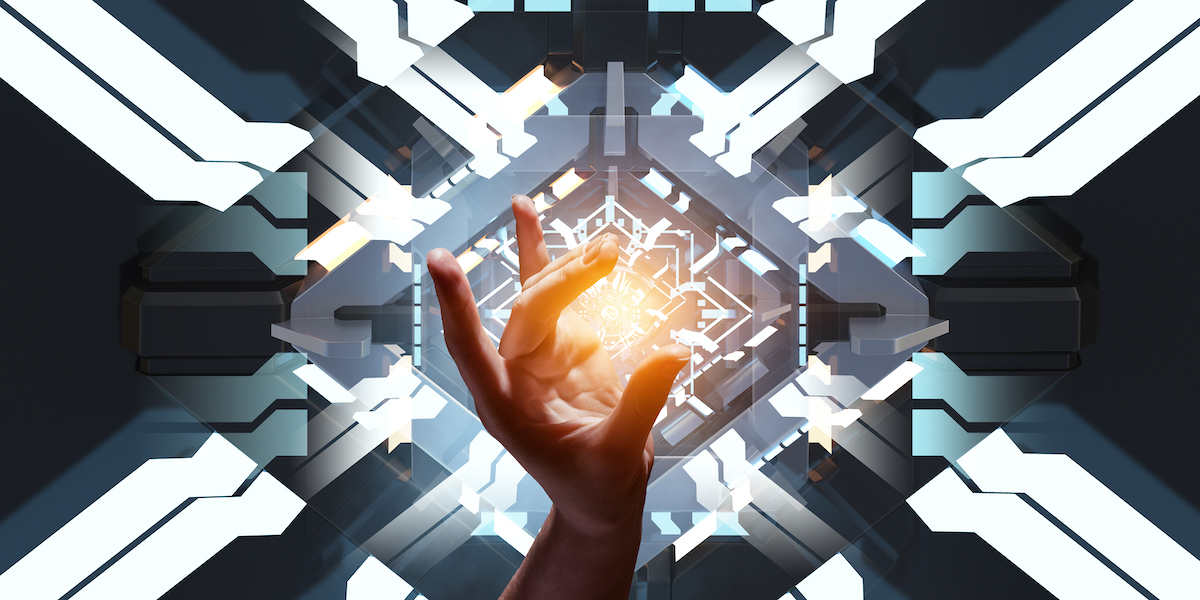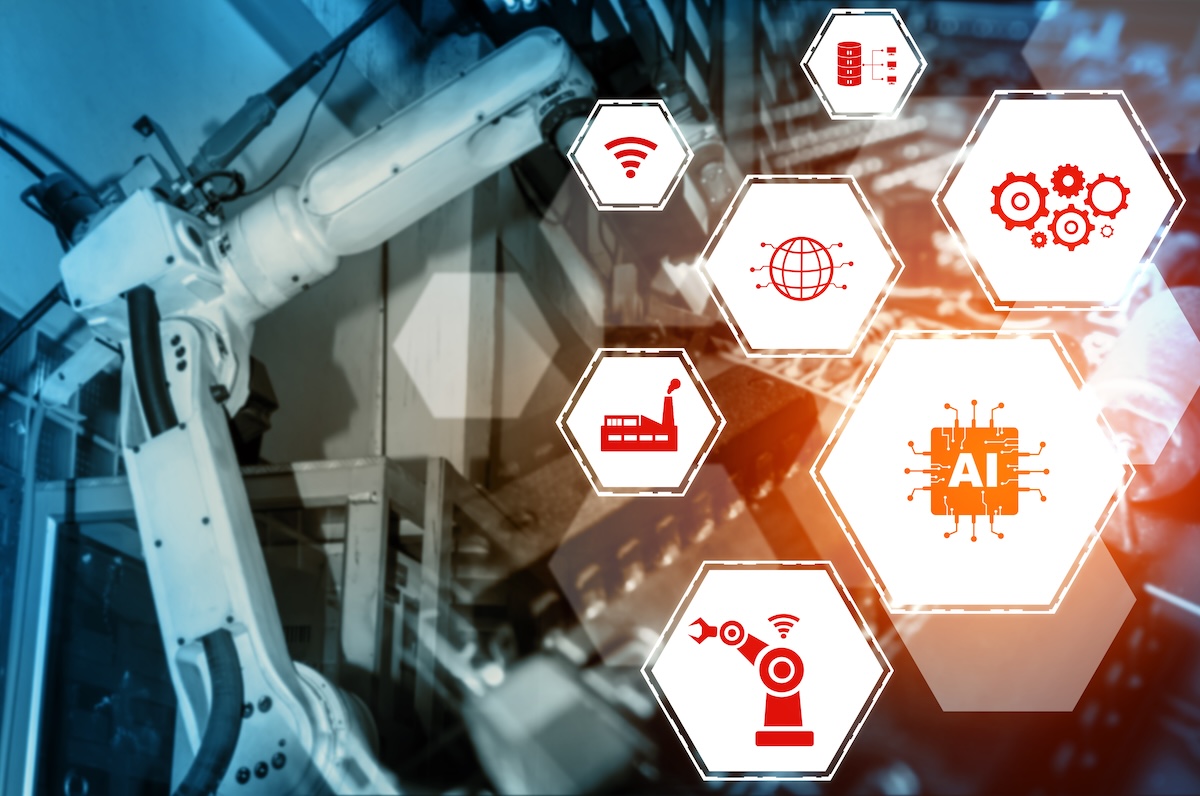How the growing adoption of emerging tech (IoT, blockchain, edge ecosystems, Web 3.0 and more) will reshape IT in 2023 and beyond
While some industries are just starting to consider the benefits of emerging tech, the IT sector is not only fully immersed but is spearheading massive disruption. This disruption is creating innovative, digital business models that are reimagining how governments, factories, retail establishments, transportation, and even the art world will function.
By leveraging these disruptive forces, industries may discover new revenue streams, new customers and new marketplaces. While there are many solutions and trends that will be important in the year ahead, here are six that will reshape IT.
Edge ecosystems will change the customer experience
Contactless payments, robotic manufacturing, smart home sensors and self-driving vehicles require rapid, real-time responses. Edge ecosystems will improve the next generation of customer experiences and unlock value from the internet of things (IoT) by bridging the gap between the physical and digital worlds.
Edge computing requires new IT architectures to perform optimally and securely. Bridging this gap may be costly, as enterprises will need to invest to be able to transfer data back and forth between cloud platforms. Additionally, a recent EY survey of over 1,300 enterprise executives found that significant edge computing knowledge gaps persist. The survey, to be released later this month, reports that 75% of respondents across industries felt their organizations needed a greater understanding of edge computing use cases and concepts.
Decentralization and blockchain will enable Web 3.0
Decentralization is more than a buzzword – it will truly redefine customer experiences. Decentralized applications (dApps), decentralized exchanges (DEXs), DeFi, decentralized autonomous organizations (DAOs), decentralized data networks (DDNs), and cryptocurrency all rely on blockchain technology – the critical enabler of Web 3.0.
Blockchain allows for the transfer of value across disparate parties that may or may not trust each other, enabling streamlined payment rails, self-sovereign identity, efficient governance, and the transfer of unique digital private property, with decentralization as a core principle. It is a major differentiator for companies looking to market to and create a unique customer experience.
Fungible tokens and payment rails allow for more efficient settlement
Over the past few years, financial institutions have realized the benefits of leveraging tokens and blockchain infrastructure as payment rails, capitalizing on more efficient settlement and the transparency of public distributed ledgers through transacting via stablecoins. These tokens have experienced rapid growth over the past year, surpassing US$7 trillion[1] in settlement volume, according to on-chain data.
Fungible tokens, like stablecoins that peg their value to an external reference, are digital dollars that have implications for firms across countless sectors – from supply chain traceability in manufacturing to instant payment that transcends global borders and traditional banking hours in the financial services space.
Non-fungible tokens (NFTs) will create tangible value in the metaverse
It is a fairly recent development for digital items to be owned versus “licensed” to users. Nike, Adidas, Starbucks and others have made big bets on NFT technologies, which provide this verifiable ownership of digital goods. Enabled by blockchain, NFTs can boost a brand’s exclusivity, manage ownership rights and even drive customer engagement.
NFTs are important to determining ownership rights in the Metaverse, and a critical part of the internet of value (IoV), removing the need for third-party intermediaries to participate in transactions.
Digital identities can protect and share sensitive information
Digital identities allow individuals to share verified information to enable Know Your Customer (KYC), curated lists of skills, proof of academic degrees, medical history, and more. Powered by blockchain, individuals curate their digital identities through ecosystems of proof, where verifiable attestations and provenance are built into experiences, skills, and affiliations through leveraging decentralized identifiers, verifiable credentials and NFTs.
Digital identities enable individuals to share aspects of their identities with multiple counterparties while maintaining ownership over their personal information by eliminating the need for enterprises to store the data. According to UN Today,[2] India has led the world in digital identities, enabling more than 1.3 billion citizens to have connectivity to government services that was not possible until now. Working with the World Bank, over 35 other countries are following in India’s footsteps.
DAOs
Distributed ledgers have shifted how organizations govern themselves. Decentralized autonomous organizations (DAOs) leverage tokens on distributed ledgers to make decisions that reflect the beliefs of their communities and execute immediately on those decisions by leveraging smart contracts. DAOs have gained traction over the recent years, with US$12.8 billion[3] held in DAO treasuries as of February 1, 2023, and have spurred enterprises to incorporate decentralized governance principles to make better decisions.
DAOs don’t just create an algorithm, and they are not just a tool. They’re a new – some say better –method for collaboration. Advocates see DAOs as platform for building new organizations and creating new ways for people to work together. They are also a platform capable of supporting the growth of the entire blockchain and Web3 ecosystem.
Experience has shown that the IoT offers the possibility of transformation as well as challenges. Weighing the risks and benefits and making smart technology choices in the early stages of transformation is critical. Blockchain, digital identities, and other emerging technologies will enable resilient, sustainable, competitive business models that will carry us into the fourth industrial revolution.
By Rajat Kapur, EY Blockchain Team Leader
The views expressed by the authors are not necessarily those of Ernst & Young LLP or other members of the global EY organization.
[1] “CoinMetrics State of the Network 2022 Review,” CoinMetrics website, https://coinmetrics.substack.com/p/coin-metrics-state-of-the-network-3ae. Accessed 2/15/2023.
[2] “Digital IDs are the foundation for digital transformation,” UN Today website, https://untoday.org/digital-ids-are-the-foundation-for-digital-transformation/. Accessed 2/15/2023.
[3] “Organizations,” DeepDAO website, https://deepdao.io/organizations. Accessed 2/15/2023.



